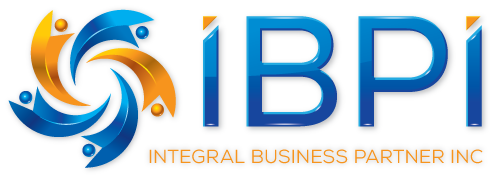Introduction: Why Candidate Engagement & Conversions Matter
A recruiter’s success isn’t just about finding candidates—it’s about keeping them engaged and converting them into successful hires.
In today’s competitive job market, top talent has options. If candidates aren’t engaged throughout the hiring process, they:
❌ Drop out before interviews.
❌ Ghost recruiters after initial contact.
❌ Accept counteroffers or go with competitors.
Tracking Candidate Engagement & Conversion Rates helps recruiters:
✅ Reduce candidate drop-off and increase placement success.
✅ Identify bottlenecks in the hiring process.
✅ Improve communication strategies for stronger candidate relationships.
In this post, we’ll break down how to measure these metrics, what benchmarks to aim for, and how AI can help improve engagement and conversions.
Defining the Metrics: What Are Engagement & Conversion Rates?
🔹 Candidate Engagement Rate – How actively candidates respond, communicate, and stay involved throughout the hiring process.
🔹 Candidate Conversion Rate – The percentage of engaged candidates who successfully move to the next stage (e.g., from interview to offer).
Here’s how to calculate them:
📊 Candidate Engagement Rate = (Candidates Who Responded ÷ Total Contacted) × 100
📊 Candidate Conversion Rate = (Candidates Moving to Next Stage ÷ Total Candidates at Current Stage) × 100
Example:
- If 200 candidates are contacted, and 120 respond, the engagement rate is 60%.
- If 50 candidates interview and 25 receive offers, the conversion rate is 50%.
Tracking these metrics helps recruiters pinpoint where candidates lose interest or drop out—so they can fix the problem.
Benchmarks: What’s a Healthy Engagement & Conversion Rate?
💡 Engagement Rate Benchmarks:
✔ 50%+ = Strong candidate engagement.
✔ 30-50% = Needs improvement, likely due to slow responses or lack of personalization.
✔ <30% = High drop-off risk—candidates may feel ignored or disengaged.
💡 Conversion Rate Benchmarks:
✔ Interview-to-Offer Rate: 30-50% = Healthy, shows effective screening.
✔ Offer-to-Acceptance Rate: 60-80% = Indicates strong recruiter-client alignment.
Low rates signal issues like:
❌ Poor candidate experience.
❌ Misaligned expectations.
❌ Slow hiring processes.
What Impacts Engagement & Conversion?
Here are the key factors affecting these rates:
✔ Speed of Communication – Delays kill engagement. Candidates expect quick updates or they’ll lose interest.
✔ Personalized Interaction – Mass emails don’t work. Candidates engage more when outreach is tailored to them.
✔ Transparency in the Hiring Process – Unclear timelines or vague job details create drop-off points.
✔ Employer Brand & Reputation – Candidates research companies. Negative reviews or unclear messaging hurt engagement.
Recruiters who proactively manage these factors see higher engagement and conversion rates—leading to better placements.
How AI Can Improve Engagement & Conversions
🤖 AI-Powered Chatbots – Tools like Humanly, Paradox Olivia, and HireVue provide instant candidate responses, keeping engagement high.
📅 Automated Interview Scheduling – Platforms like Calendly and GoodTime remove friction from the booking process.
💬 Sentiment Analysis – AI tools like Textio and CrystalKnows analyze candidate language to predict engagement levels.
📊 Predictive Analytics – Platforms like LinkedIn Talent Insights identify drop-off risks and suggest preemptive engagement tactics.
AI helps track, analyze, and optimize candidate interactions, ensuring recruiters spend more time on high-value relationships rather than manual follow-ups.
Actionable Steps to Improve Candidate Engagement & Conversion Rates
1️⃣ Follow the “First 48-Hour Rule” – Contact candidates within 48 hours after sourcing or they’ll lose interest.
2️⃣ Use AI for Pre-Screening & Quick Responses – Deploy chatbots to answer FAQs and confirm availability.
3️⃣ Make Communication Personal – Use candidate-specific messaging, not generic outreach.
4️⃣ Track Drop-Off Points – Use ATS reports to identify when and where candidates disengage.
5️⃣ Close the Loop – Always provide timely feedback after interviews, even if a candidate isn’t moving forward.
Final Thoughts: Engagement & Conversion Define Recruiting Success
Recruiters who don’t track engagement lose top candidates. Those who optimize communication and hiring flow build stronger pipelines and close more hires.
By using AI as a force multiplier, recruiters can:
✅ Reduce candidate ghosting and drop-offs.
✅ Improve candidate experience and employer reputation.
✅ Increase offer acceptance rates—and placement success.
Are your engagement and conversion rates where they should be? If not, it’s time to start tracking—and improving—them. 🚀

